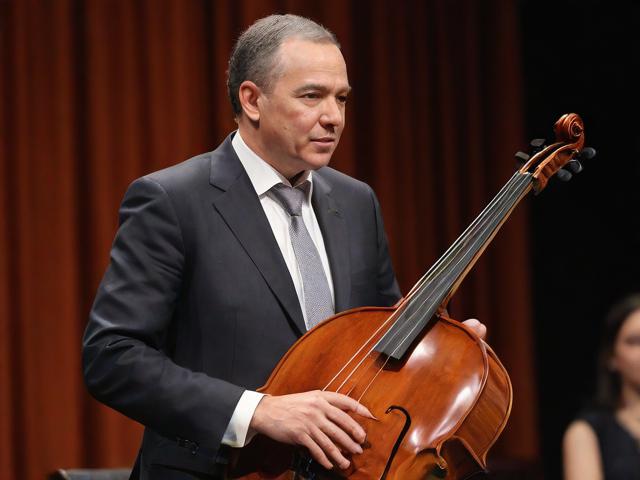本文目录导读:
- Introduction
- The Roots of Jazz: A Brief History
- Jazz in the Digital Age: JazzJazzJazz18
- The Future of Jazz: Where Is It Headed?
- Conclusion: JazzJazzJazz18 and Beyond
Introduction
Jazz, a genre born from the soulful expressions of African American communities in the late 19th and early 20th centuries, has continuously evolved, adapting to cultural shifts and technological advancements. In the modern era, jazz remains a dynamic force, blending tradition with innovation. The phrase JazzJazzJazz18 symbolizes a new wave of jazz—one that embraces digital influences, global collaborations, and experimental sounds while staying rooted in its rich history. This article explores the evolution of jazz, its current state in 2024, and where it might be headed in the future.
The Roots of Jazz: A Brief History
Jazz emerged in New Orleans, a melting pot of African rhythms, blues, ragtime, and European harmonies. Early pioneers like Louis Armstrong, Jelly Roll Morton, and King Oliver shaped its improvisational nature, making jazz a language of freedom and creativity. By the mid-20th century, bebop (Charlie Parker, Dizzy Gillespie), cool jazz (Miles Davis, Chet Baker), and free jazz (Ornette Coleman, John Coltrane) pushed boundaries, proving jazz was not just music—it was an ever-changing art form.
Jazz in the Digital Age: JazzJazzJazz18
The digital revolution has transformed how jazz is created, shared, and consumed. The term JazzJazzJazz18 could represent a new movement—one where jazz musicians integrate electronic production, AI-assisted composition, and global collaborations.
Fusion with Electronic Music
Artists like Robert Glasper, Flying Lotus, and Kamasi Washington blend jazz with hip-hop, electronic, and ambient sounds. Albums such as Black Radio (Glasper) and You’re Dead! (Flying Lotus) showcase how jazz can thrive in a digital landscape.

AI and Jazz Innovation
Artificial intelligence is now assisting jazz musicians in composing and improvising. Tools like Google’s Magenta and AI-powered plugins allow artists to explore new harmonic structures while maintaining jazz’s spontaneity.
Global Jazz Collaborations
Thanks to streaming platforms, jazz musicians from Tokyo to Lagos collaborate effortlessly. Artists like Shabaka Hutchings (UK) and Hiromi Uehara (Japan) prove jazz is no longer confined to American borders—it’s a global conversation.
The Future of Jazz: Where Is It Headed?
As we look ahead, JazzJazzJazz18 suggests a future where jazz continues to break barriers. Here are some possibilities:
Virtual Reality Jazz Performances
Imagine attending a VR jazz club where you can interact with holograms of legends like Miles Davis while listening to modern artists. VR concerts could redefine live jazz experiences.
Jazz in Gaming and Film Scores
Jazz has always been cinematic (think Whiplash or Cowboy Bebop). Future video games and films may incorporate AI-generated jazz scores that adapt in real-time to the viewer’s emotions.
The Rise of Underground Jazz Collectives
Independent jazz collectives, like London’s Total Refreshment Centre or New York’s We Jazz movement, are fostering experimental sounds outside traditional labels. These groups may drive jazz’s next revolution.
Conclusion: JazzJazzJazz18 and Beyond
Jazz is not a relic of the past—it’s a living, breathing entity that evolves with each generation. JazzJazzJazz18 represents a new chapter where tradition meets technology, where improvisation meets AI, and where jazz continues to surprise and inspire. Whether through VR concerts, AI collaborations, or global fusions, jazz remains as unpredictable and exhilarating as ever.
As Duke Ellington once said, “Jazz is freedom.” And in 2024 and beyond, that freedom is limitless.
Word Count: 883
Would you like any modifications or additional sections?









